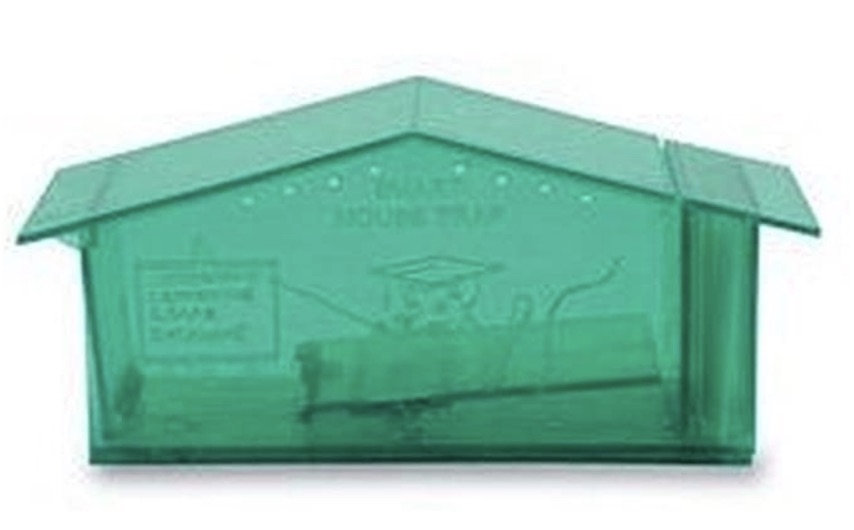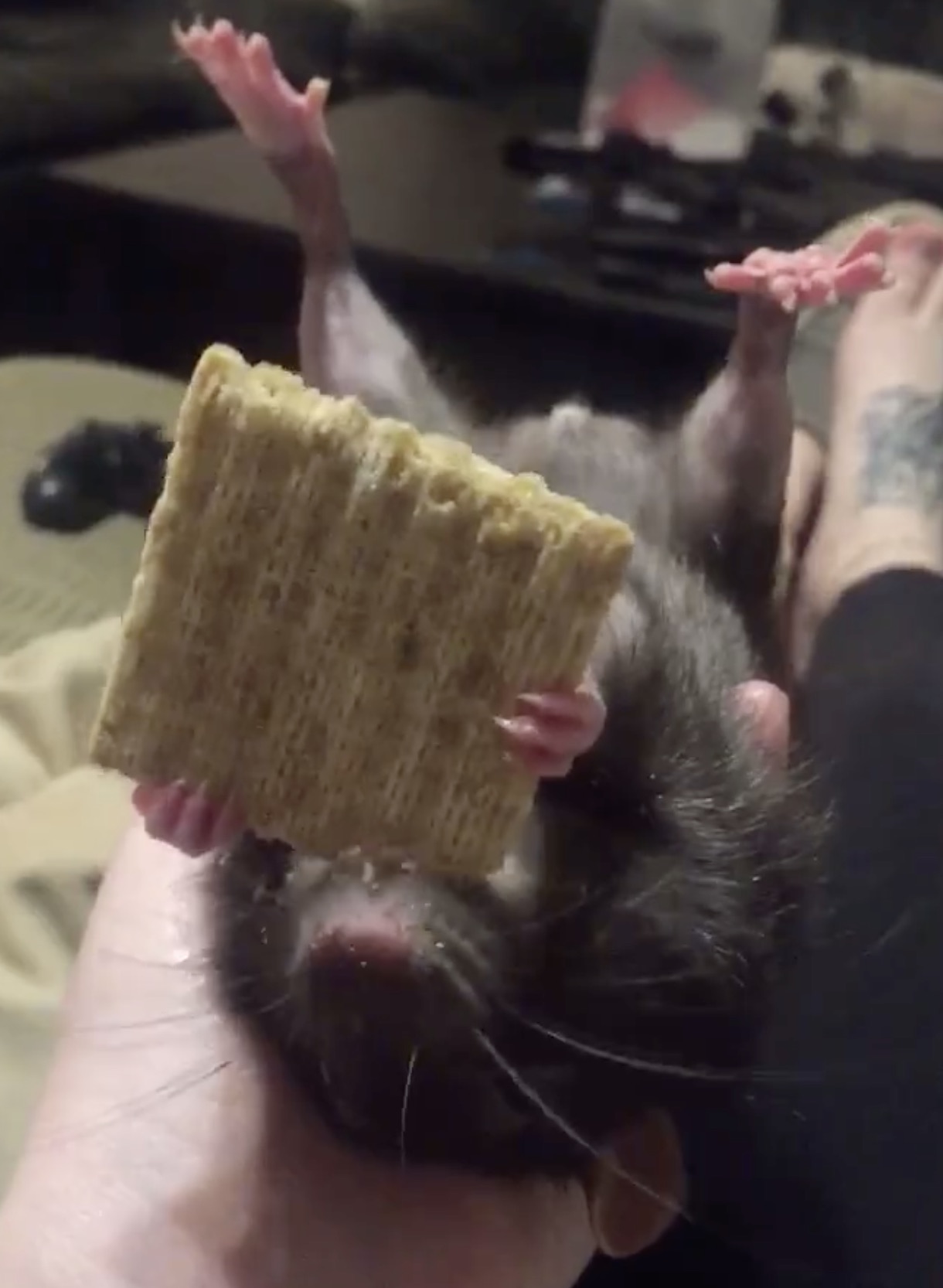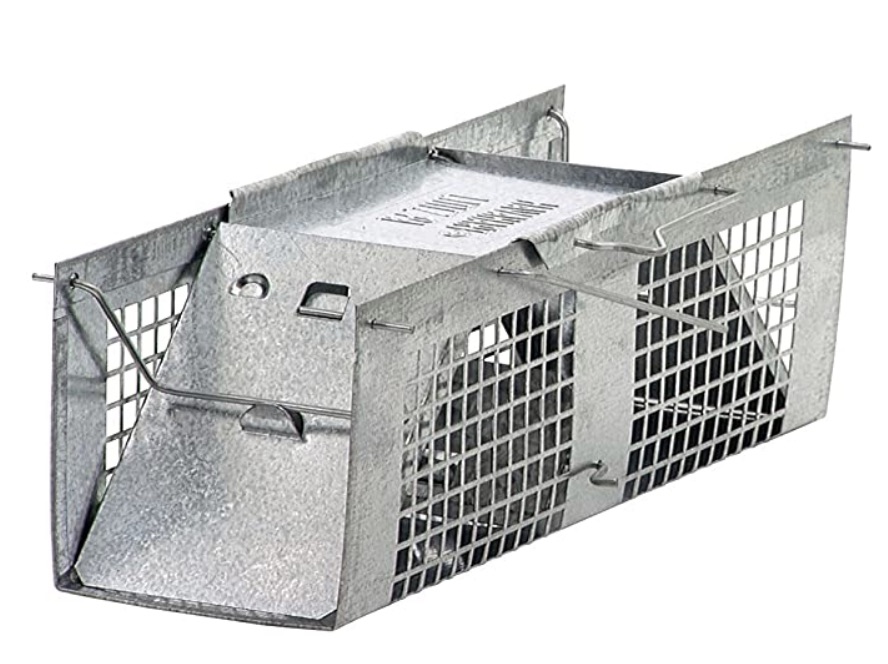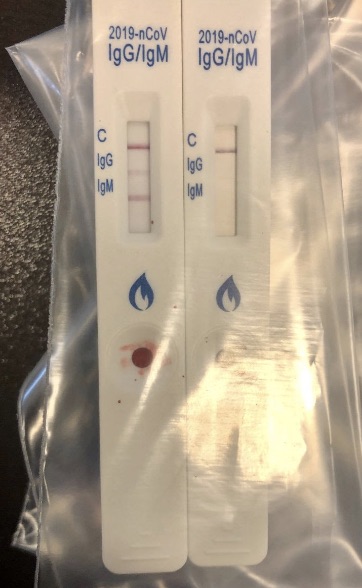|
Getting your Trinity Audio player ready...
|
There’s a humane way to do anything! According to Dr. David E. Davis of Johns Hopkins University, “Poisons or traps merely make space for more rats to grow.”
To prevent a rat or mouse problem, take away what makes your home attractive to them: food and shelter.
Start by making sure that there is no food in open places or in cardboard containers, which rats can eat right through.
Keep garbage in tightly covered containers.
Next, deny them a way to enter your home by sealing holes at the bottom of walls. Of course, this means that while no rats can come in, any who are already inside can’t get out.
If rats are already inside, you will need to set a trap—but be careful which one you pick. Glue traps, flat boxes with adhesive to trap rodents, should be avoided at all costs. Some animals caught in these sticky contraptions break or even bite off their own legs to get free, and the glue badly irritates and scars their eyes. Animals whose faces become stuck in the glue slowly suffocate, and all trapped animals are subject to starvation and dehydration.
Nonlethal traps are widely available, inexpensive, and easy to use. Sold by most humane societies and hardware stores, the box-like plastic or metal trap has a spring-release door that closes behind the animal once he or she enters the trap.
Check the trap daily, and if you find an animal, simply release him or her outside.
Is there a humane way to get rid of mice and rats?
~ From PETA
Catch and Release
Non-lethal traps use bait such as peanut butter to attract a rat, the rat then trips a lever and and a flap shuts behind them, securing the rat inside. Once the rat is trapped you can take it to a local field away from your home and release it.
The advantage to this type of trap is that the rat lives, and you don’t have to deal with the sight or stench of a dead rat. The drawbacks include the time involved to remove the live rat and where to release them.
Popular non-lethal traps include the smart mouse trap and a two-door cage trap.







